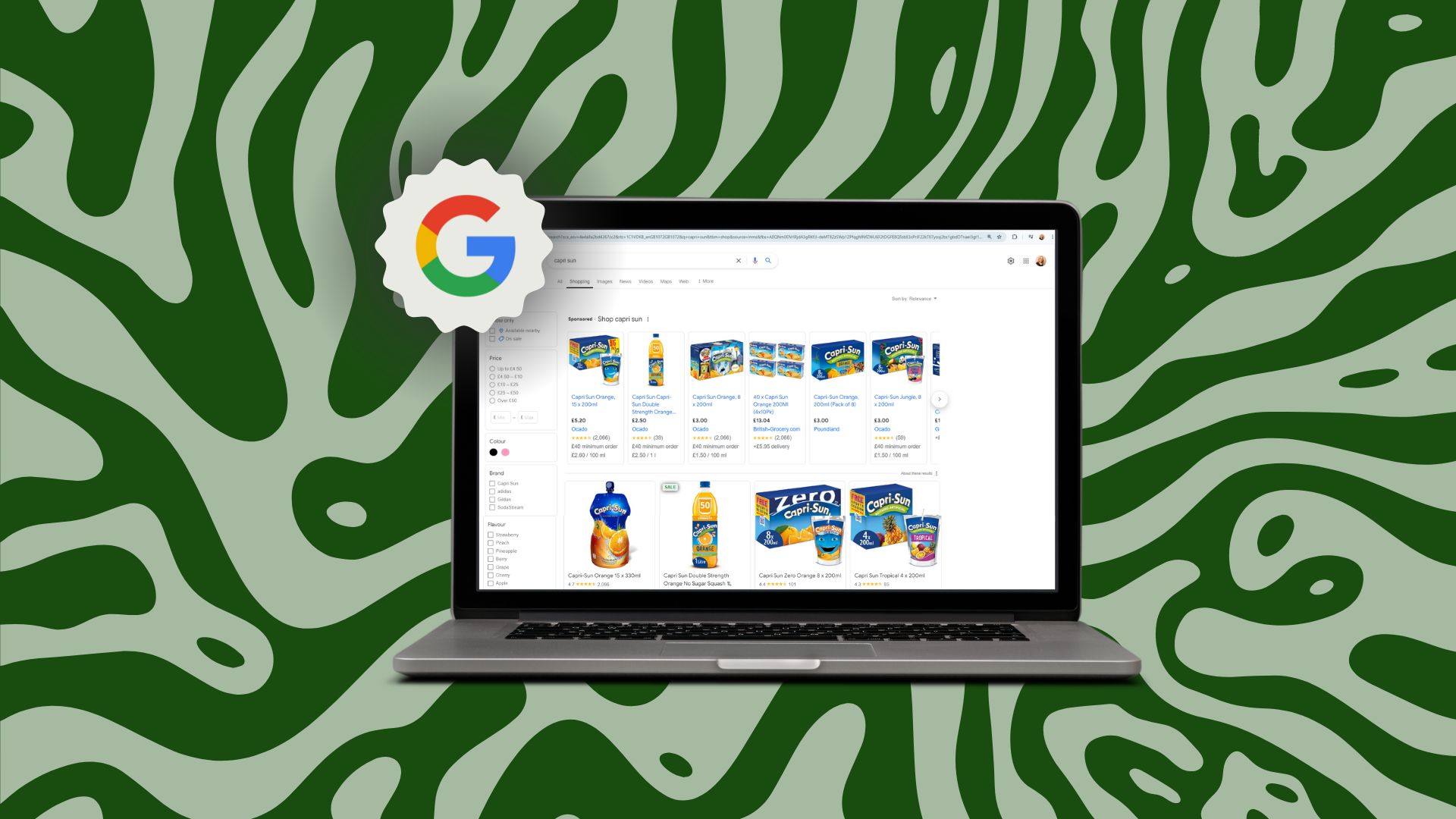Google’s search results for shopping now resemble Amazon’s, meaning retailers need to
focus on making their product pages stand out. Chris Long, in his insightful article on Search
Engine Land, has explored this shift in detail. He highlights how Google is transforming the
ecommerce search experience, and why it’s essential for retailers to adapt.
Below, we’ve summarised the key points from his article to help you understand the major
changes Google has made and how retailers can respond effectively.
Products in search results
One of the most significant changes to Google’s search results is the way products are
displayed. Instead of just showing website links, Google now displays product grids directly
within the search results, creating an Amazon-like experience.
For instance, Chris recommends that if you search for “espresso machines”, you’ll be met
with a grid of product options before seeing the usual organic results. Each product listing
includes images, prices, and information from multiple retailers, allowing users to compare
products without leaving the search page.

Additionally, users can refine their search using built-in filters. If the initial results don’t match what they’re looking for, they can narrow down the options by selecting specific features, such as “automatic” or “with grinder”. Google adjusts the results based on these selections, providing more tailored product options immediately.
This emphasis on products within the search results means retailers have fewer opportunities to rely on traditional organic results. Product pages must now compete for attention directly within the search engine results page (SERP) itself.
The end of the traditional category page
With Google offering product listings and comparisons directly within the SERPs, the need for traditional category pages has diminished. Google’s new format provides a similar experience to what users would expect from category pages on a retailer’s site – but without requiring them to click through.
This shift has clear implications for how retailers should approach SEO. Rather than focusing heavily on optimising category pages, the priority now needs to be on individual product pages. These pages must be optimised for search, with clear titles, detailed descriptions, and key product information such as price, availability, and features.
Why is Google doing this and what does it mean for product pages?
Google is competing with Amazon, where most people now begin their product searches. To win back shoppers, Google has made its search results resemble Amazon’s, displaying detailed product information directly within the search page.
This shift means retailers must prioritise individual product pages. Product grids and filters are pushing these pages into the spotlight in search results, so it’s crucial to optimise them with clear titles, descriptions, and essential product details. Accurate and complete product data is also vital to ensure your products appear correctly in Google’s new layout.
What’s next?
It’s clear that Google is moving towards creating a category-page-like experience within search results, and this trend is likely to continue. Retailers should adapt their SEO strategies, with a focus on optimising individual product pages to remain competitive.





